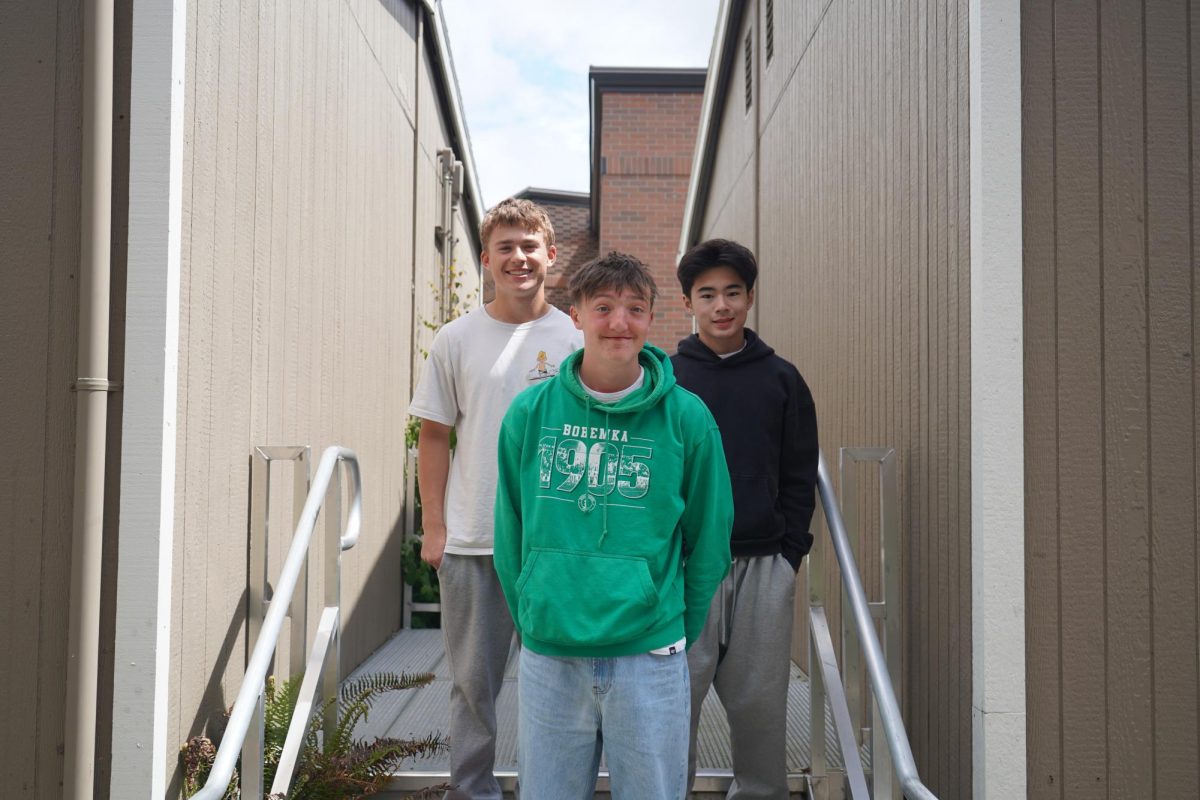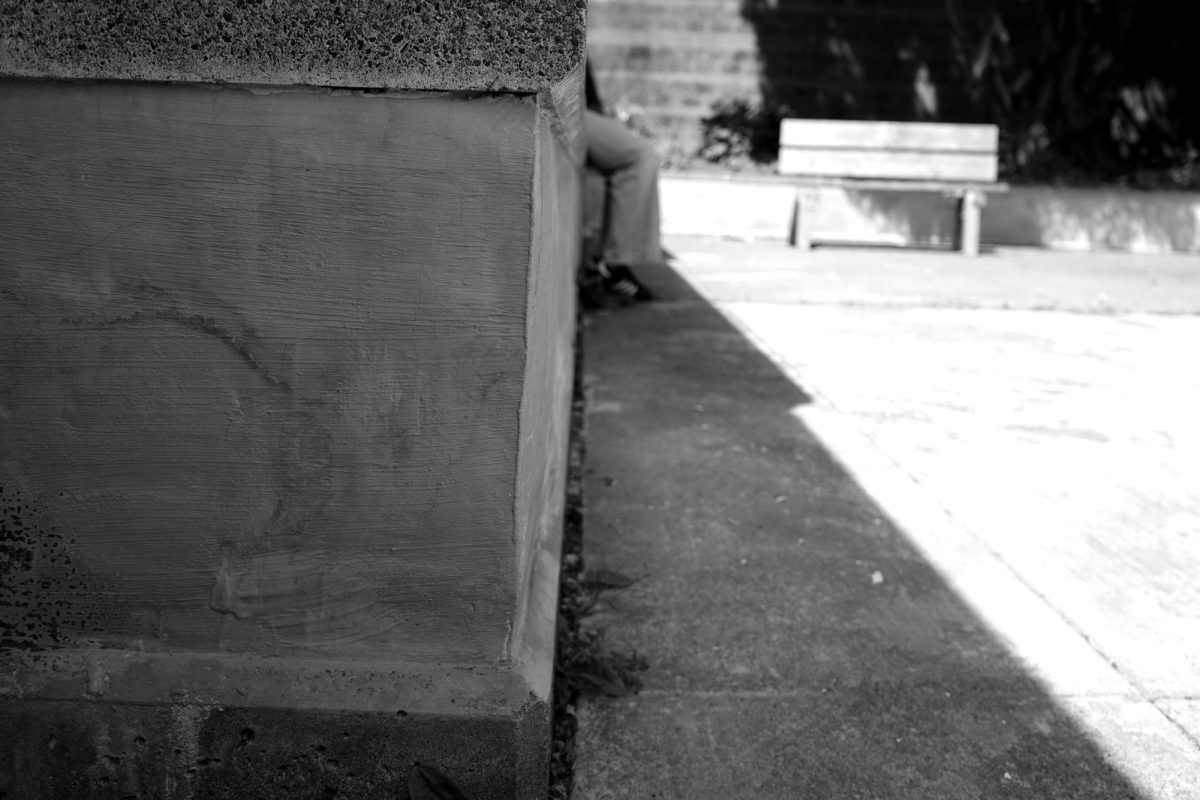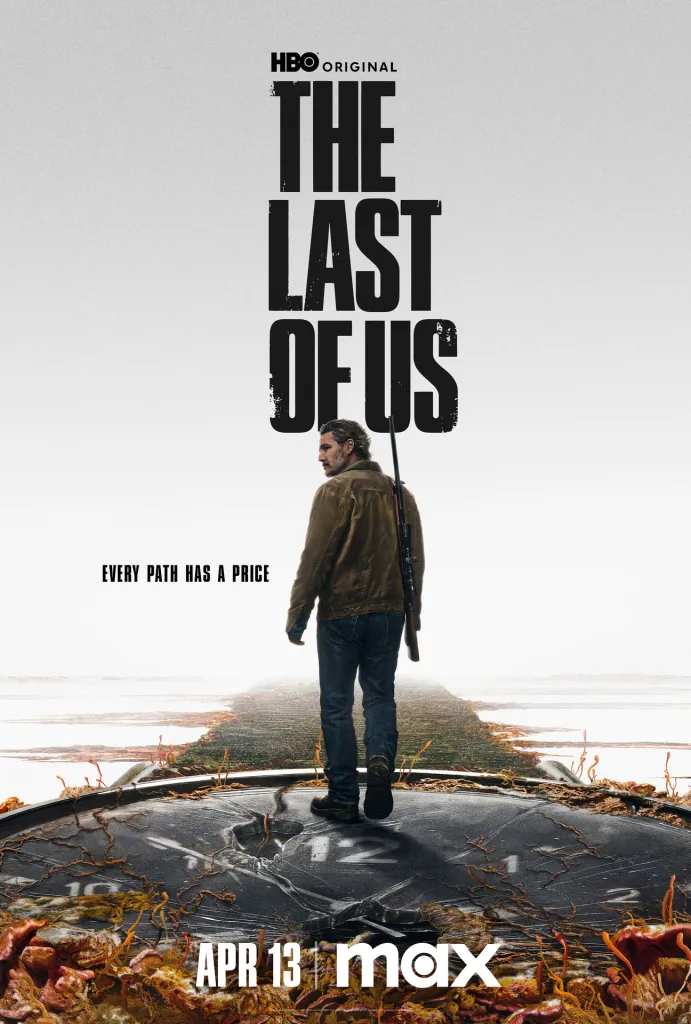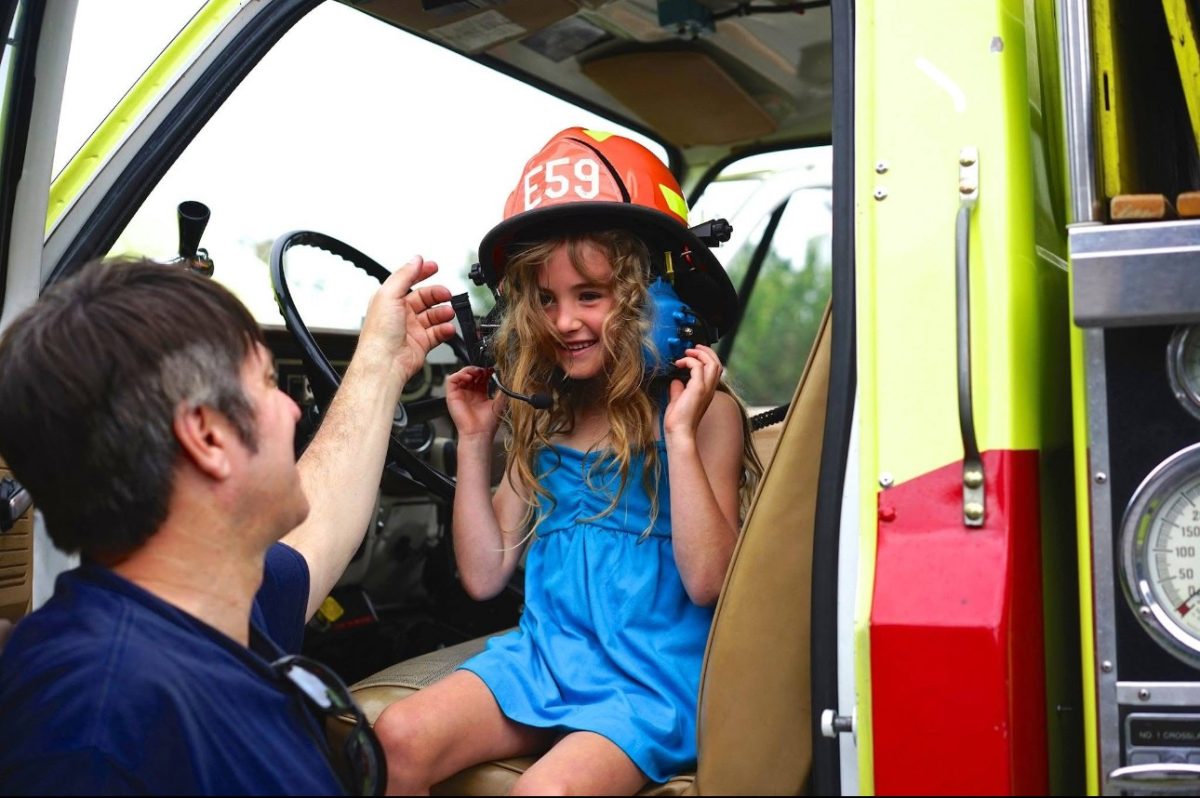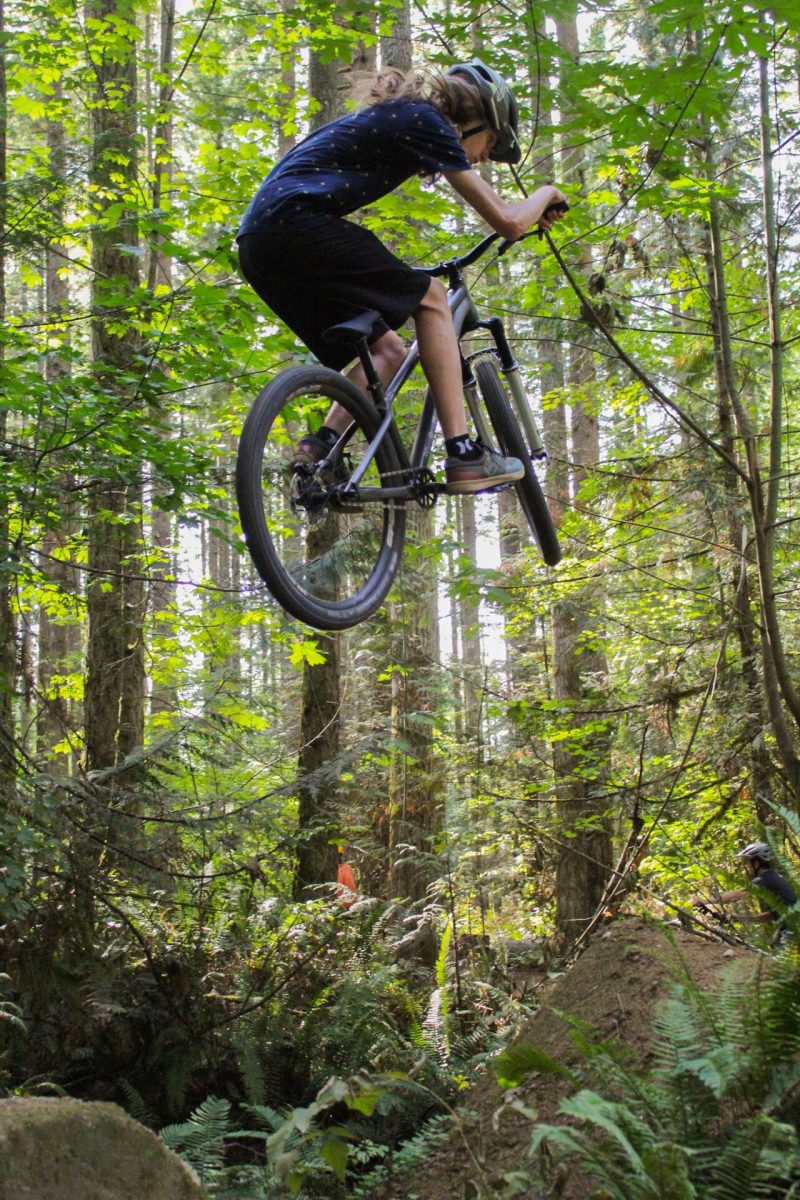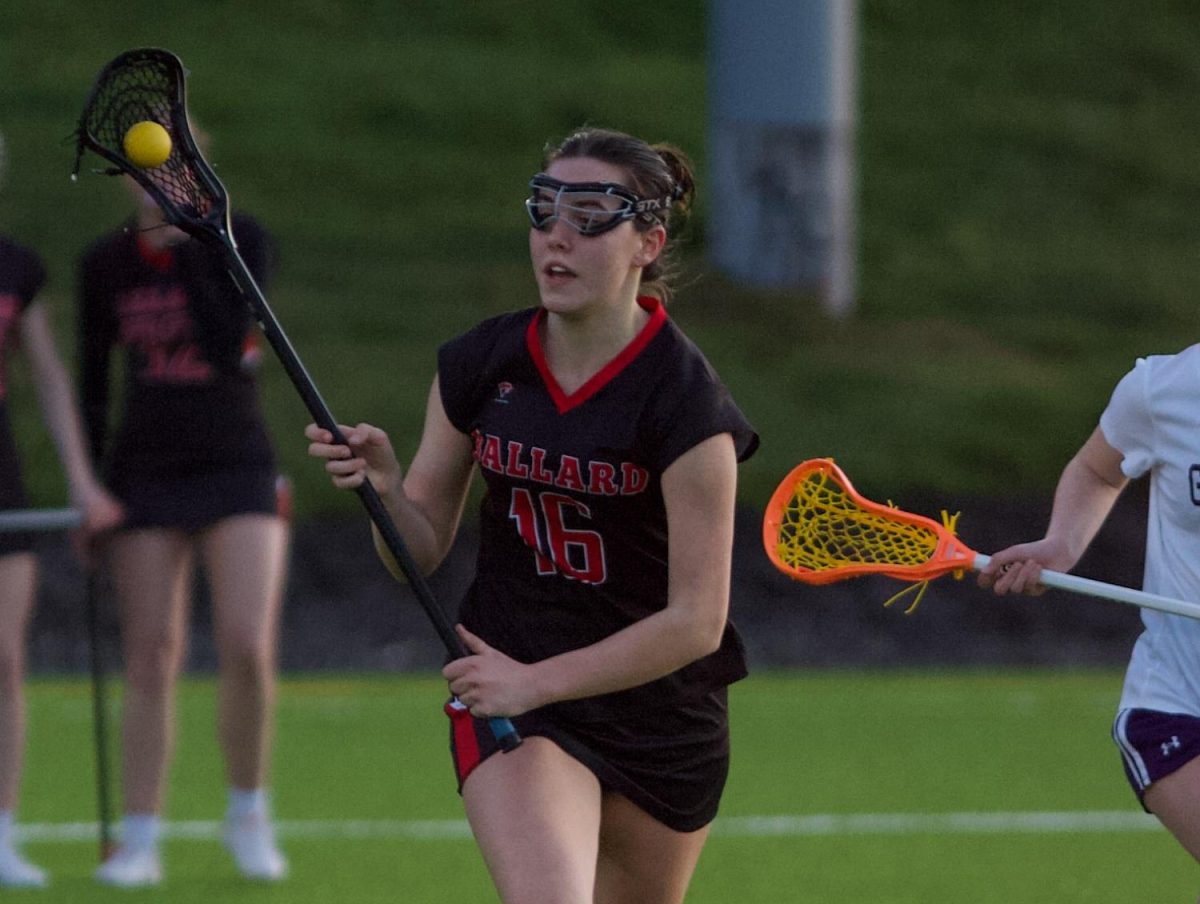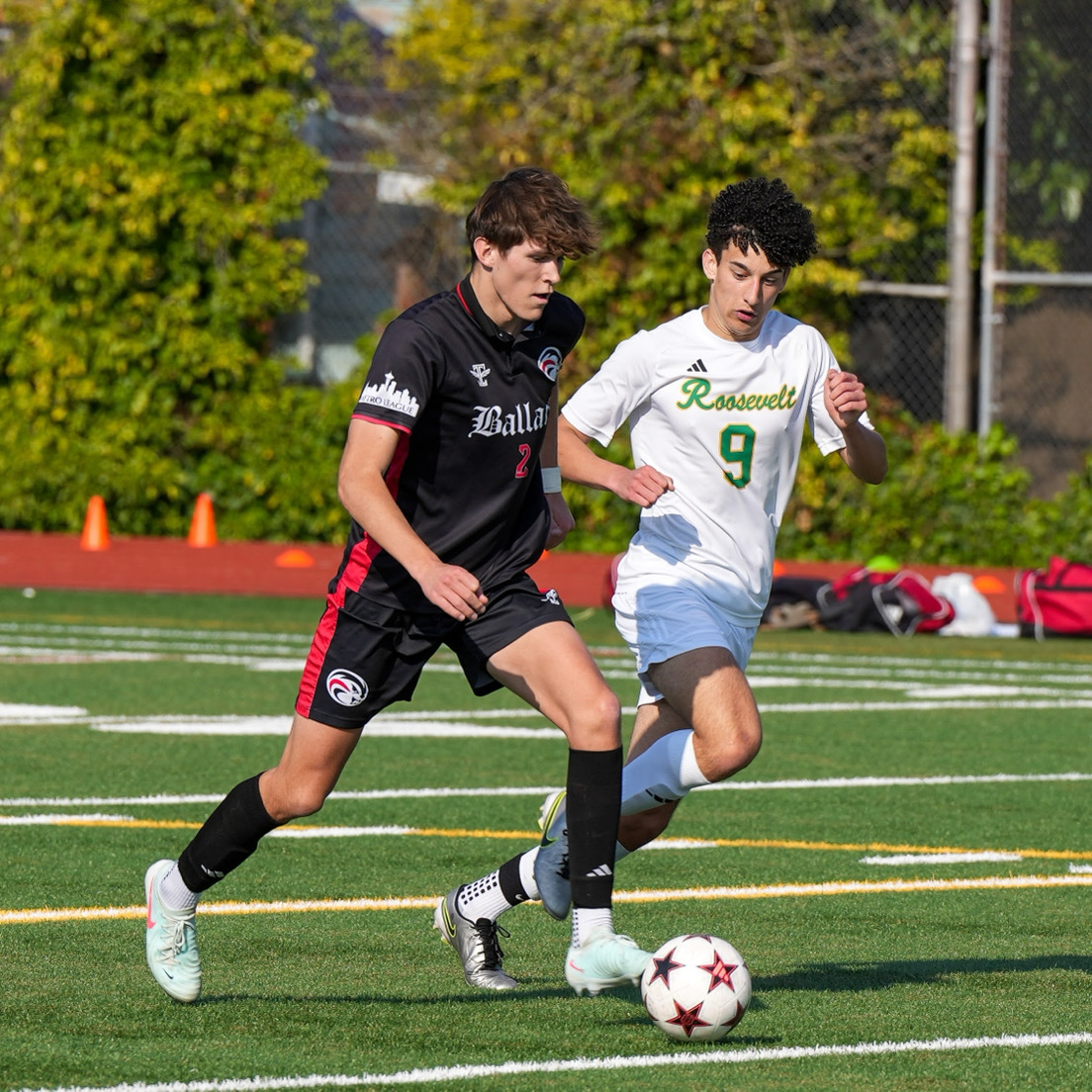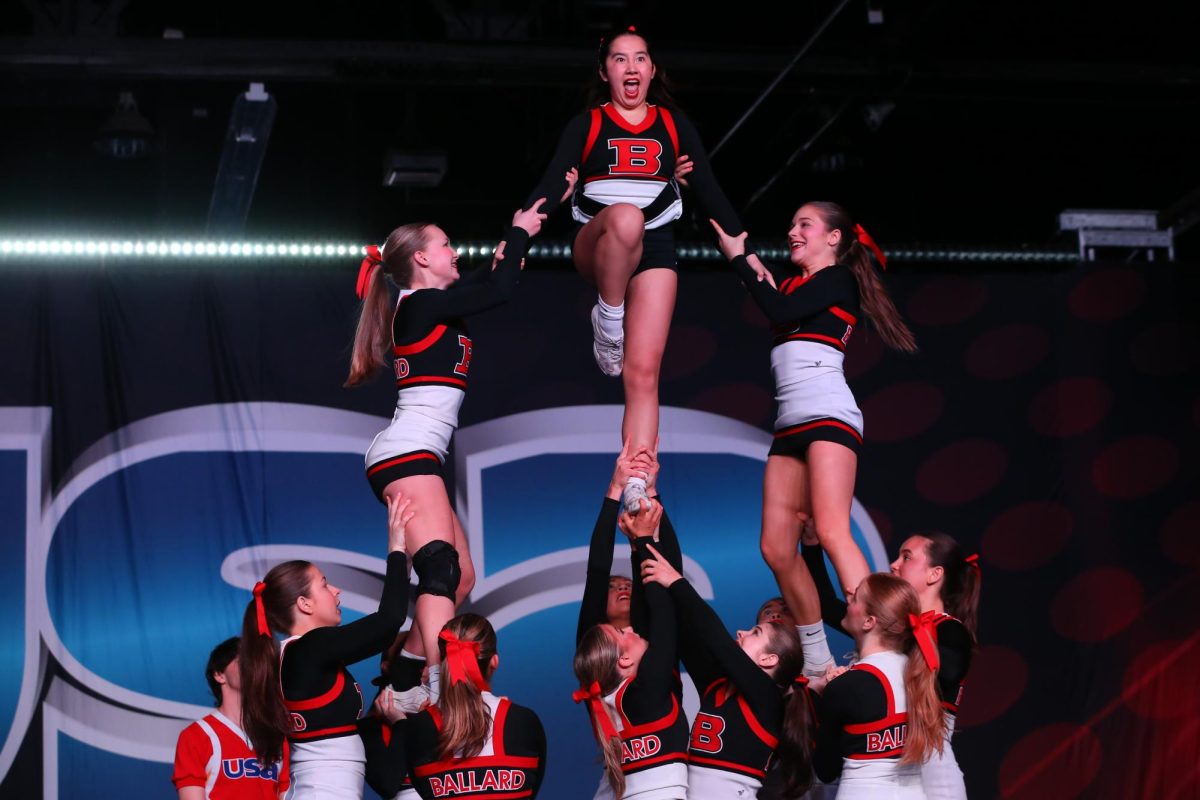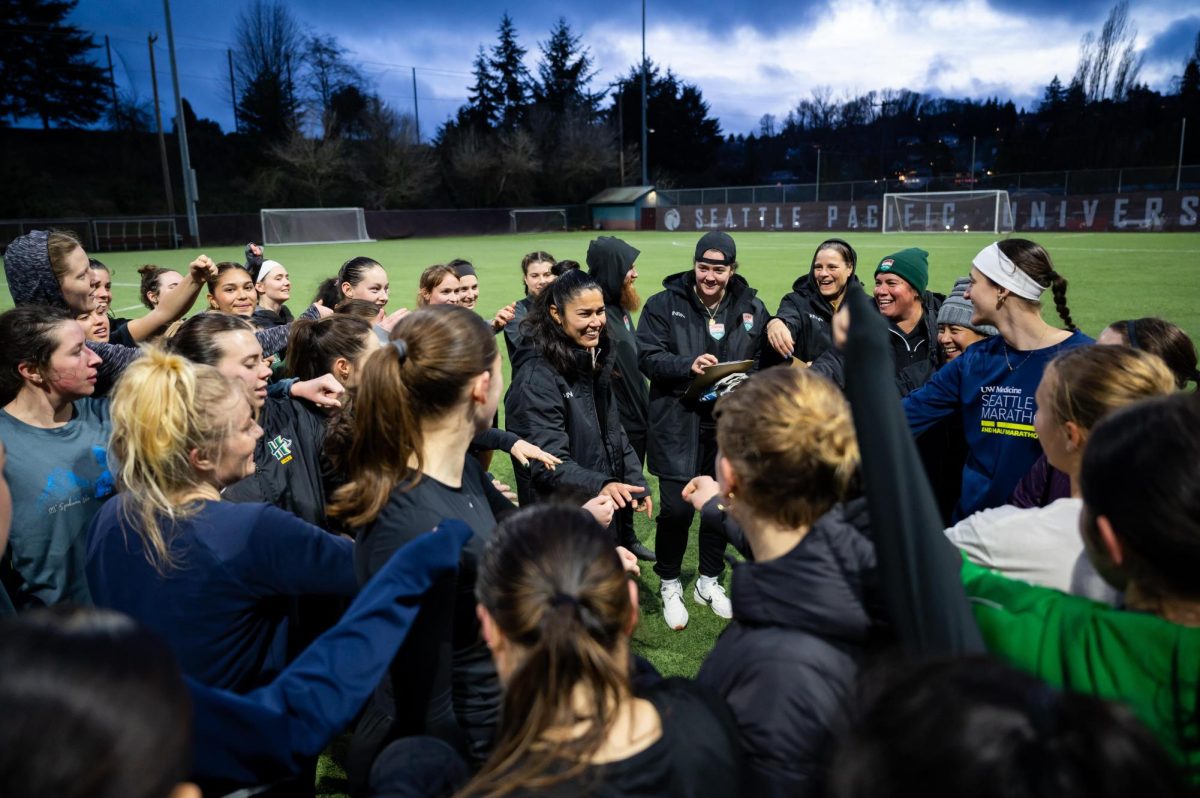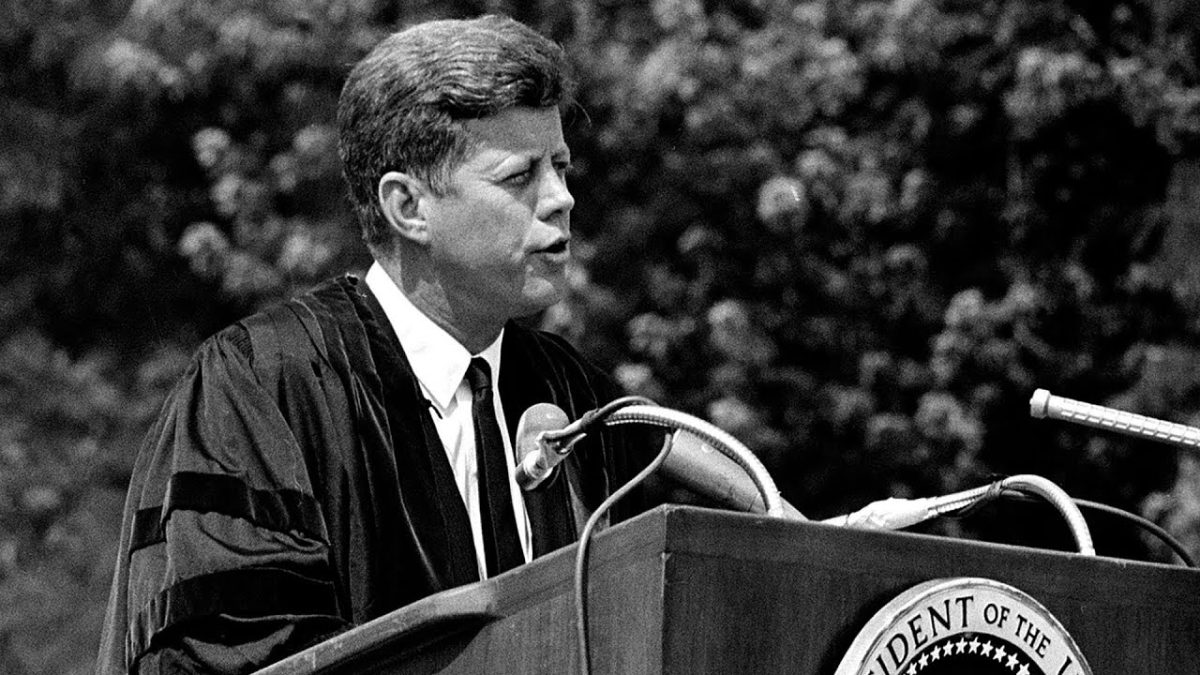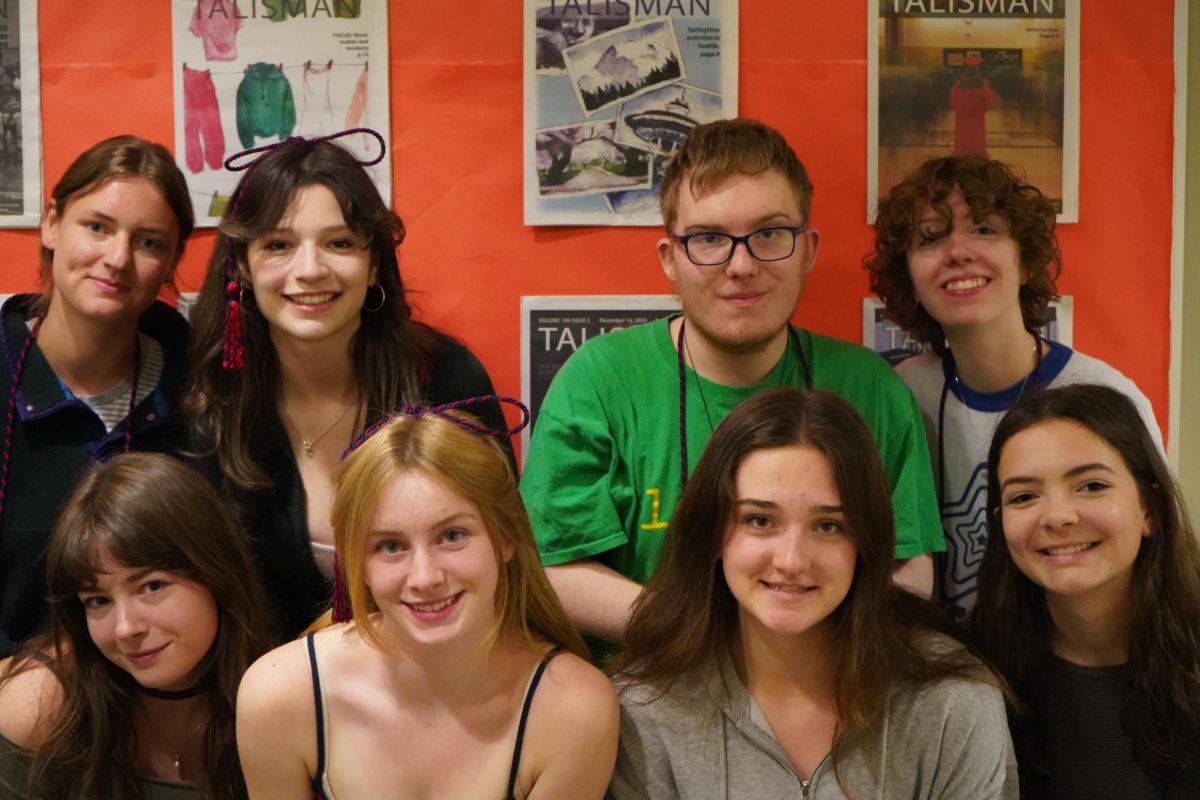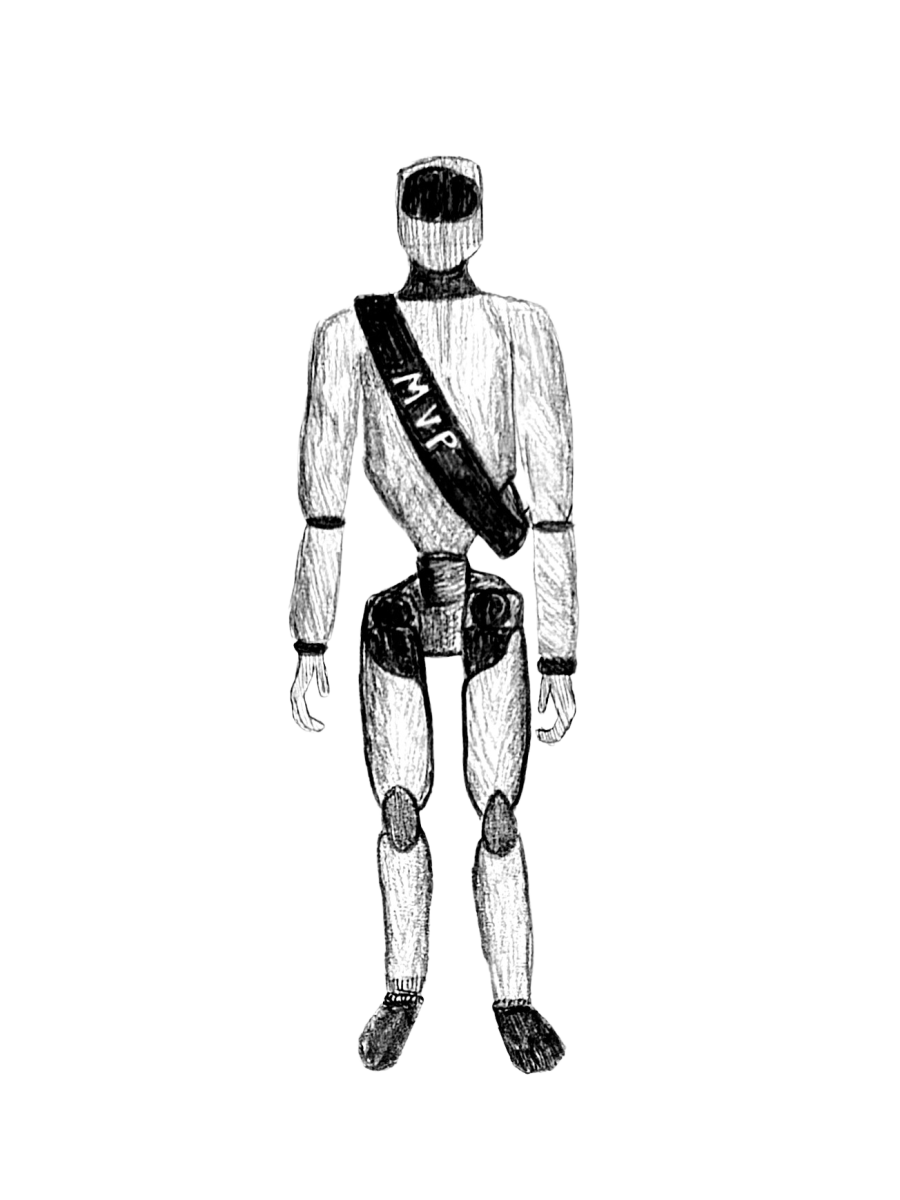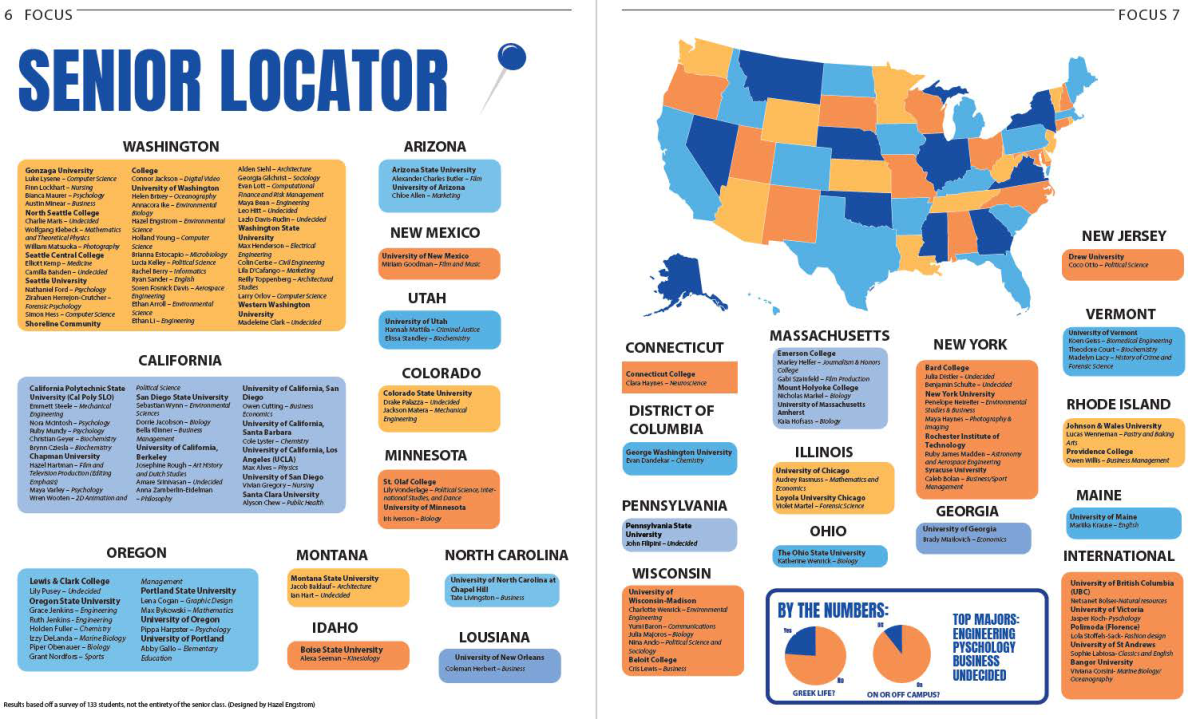Smokey skies and fall heat will be the new normal if we do not act
November 7, 2022
It’s fall. Soggy brown leaves litter the sidewalks, squelching under sneakers. The remnants of thin white spiderwebs drape across branches and doorways, while their dark plasticky counterparts cling to houses around the city. Pumpkin carving kits, large bags of fun size candy and brightly colored Halloween costumes have crowded supermarket aisles for weeks. Children grab at the shelves, begging their parents for more apple cider, pumpkin pie and candy corn. Students whoop and cheer under stadium lights, screaming about football, homecoming and Halloween parties. Chunky sweaters, pumpkin spice lattes, flannels and autumn leaves populate everyone and their mother’s Instagram feed. So it’s official: Fall is in the air. Unfortunately, that’s not the only thing in the air this year.
Until recently, the typically cloudy skies of Seattle were replaced by smoke and a blazing orange sun. Ash particles and soot dusted window sills, and we were greeted with the unmistakable scent of wildfires each time we stepped outside. The AirNow website became a frequently visited page as students checked the air quality index daily to see if their sports events had been canceled. Often, the AQI rested above 150 for days at a time, a range which indicates “unhealthy” air quality and corresponds with safety recommendations to avoid outdoor or strenuous activities. Our eyes stung, our throats burned and the horizon was blurry. Frankly, it felt a little apocalyptic.
While these pockets of smoky air were limited to the Pacific Northwest, smoky skies plagued other regions throughout the summer. These Washington wildfires were unprecedented in their late season timing, but were not isolated events. Since the 1980’s, the amount of land impacted by wildfires has grown nationally, as the EPA reports. Additionally, wildfire smoke is more hazardous than other types of air pollution. According to the CDC, it is particularly damaging because it contains microscopic particles which can penetrate deeply into the lungs, causing a range of health problems from a runny nose to chronic heart issues. Based on Stanford University research, 27 times as many people in the US have experienced one or more days of smoke levels that were categorized as “unhealthy for all age groups” over the past decade. This change in air quality disrupted previous progress made after policies like the Clean Air Act were enacted decades ago.
It wasn’t sweater weather either. Temperatures reached 88 degrees in Seattle on Oct. 16, which was 16 degrees higher than previous temperature records for that date. On the days that weren’t record breaking, temperatures often remained in the high 70s. Early fall rains were also absent, adding to an especially dry summer. This pattern, as everyone is well aware of, is nothing new. Last June, temperatures reached an all-time high of 108 degrees in Seattle, and Portland experienced even more extreme heat. Unsurprisingly, these hot, dry conditions fueled wildfires, and smoky air continued to blow towards Seattle.
While it was nice to have a break from the gloomy Seattle fog and quickly dropping temperatures of previous Octobers, the weather quickly took a chilly turn. The rain, which arrived in excess after Oct. 21, felt like a relief from the period of smoke, and yet we know that these months of heat signal a greater climate issue. Unhealthy air will be a regular feature of Seattle falls in the upcoming decades if significant policy changes are not made to mitigate the impacts of climate change. Our experiences with smoky skies are also insignificant in comparison to the experiences of those who have been forced to evacuate as they flee storms, heat waves and the wildfires themselves.
As students without significant political power, it’s difficult to combat this fear of inevitable climate change. That said, we are not completely helpless. With the upcoming midterm elections, students with the ability to vote can support legislators who will prioritize the environment in their political agendas. Those who cannot vote can participate on a smaller scale, by buying locally grown and seasonal produce, carpooling, unplugging electronics and more. Though it’s difficult to buy into these small habits, sticking to these actions is valuable even if it feels inconsequential.
Smoky skies acted as a reminder that the dangers of climate change feel more present when we directly experience the effects. During the cooler, wetter months ahead of us, it’s critical that we remember the pressing nature of climate change and act to prevent it, even if we’re no longer inhaling smoke.

